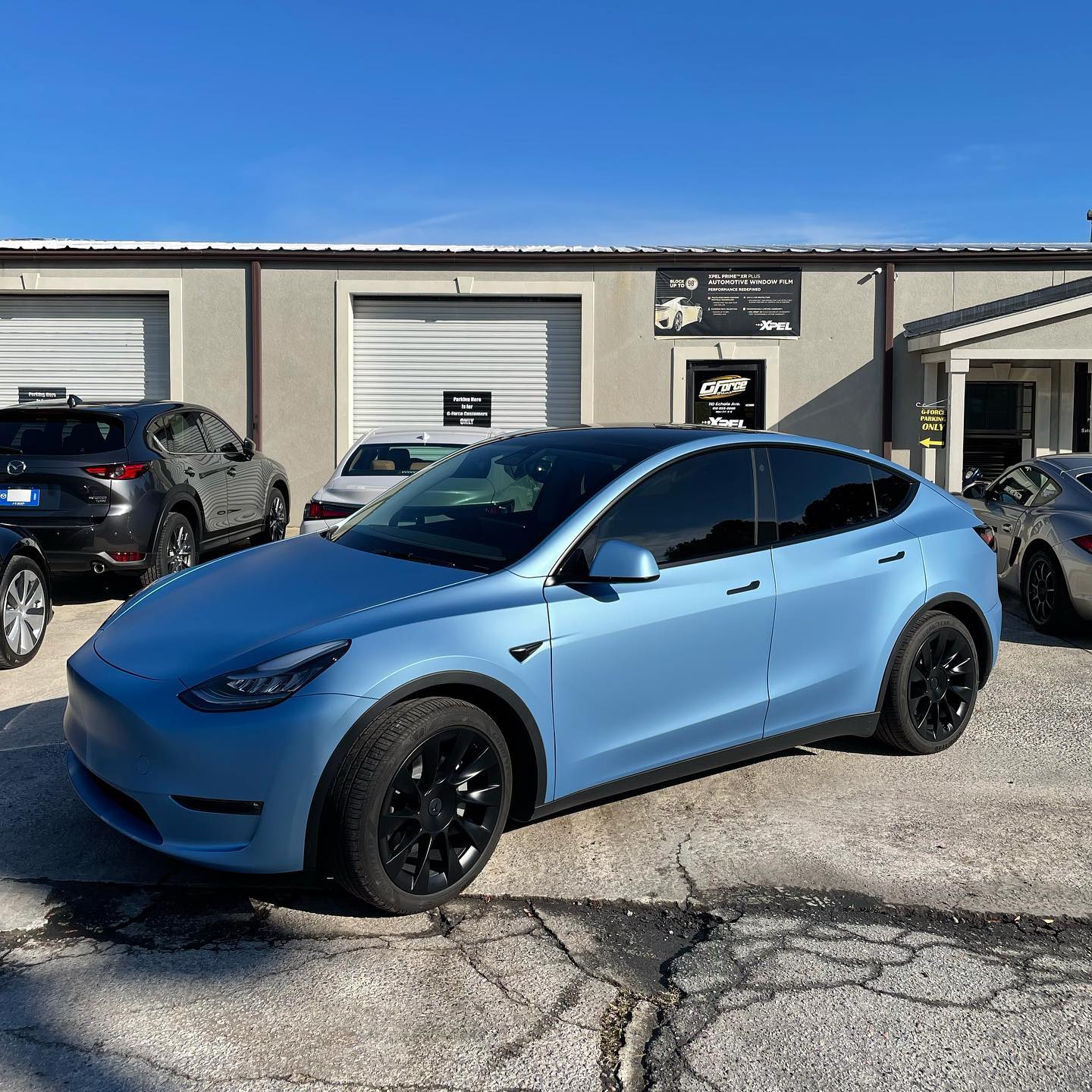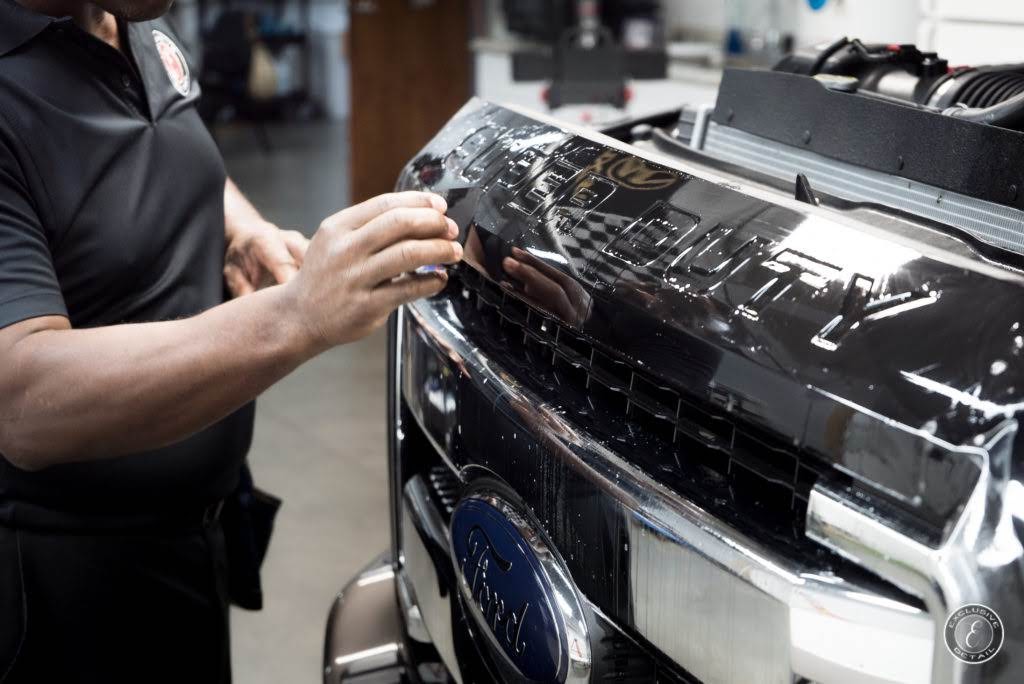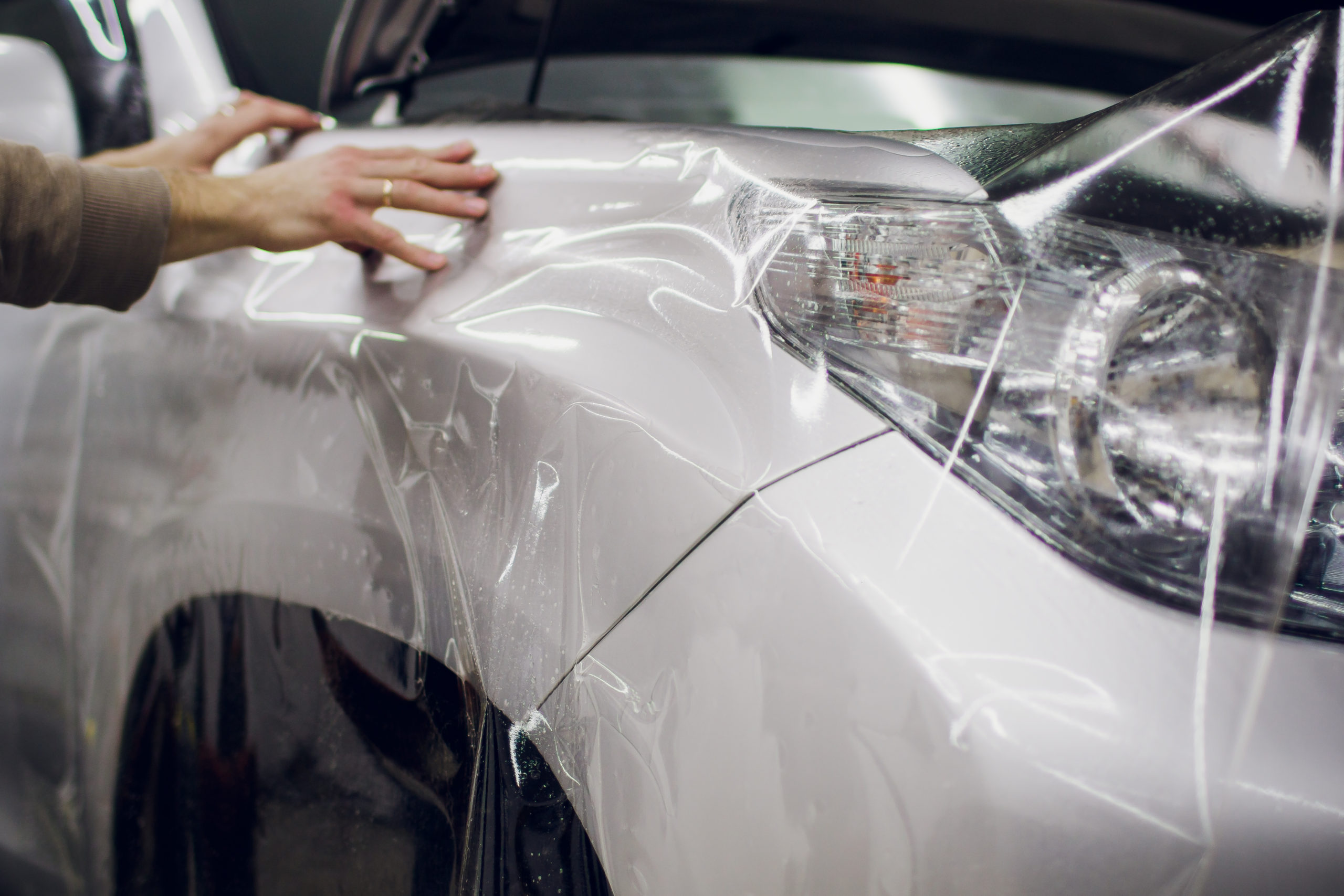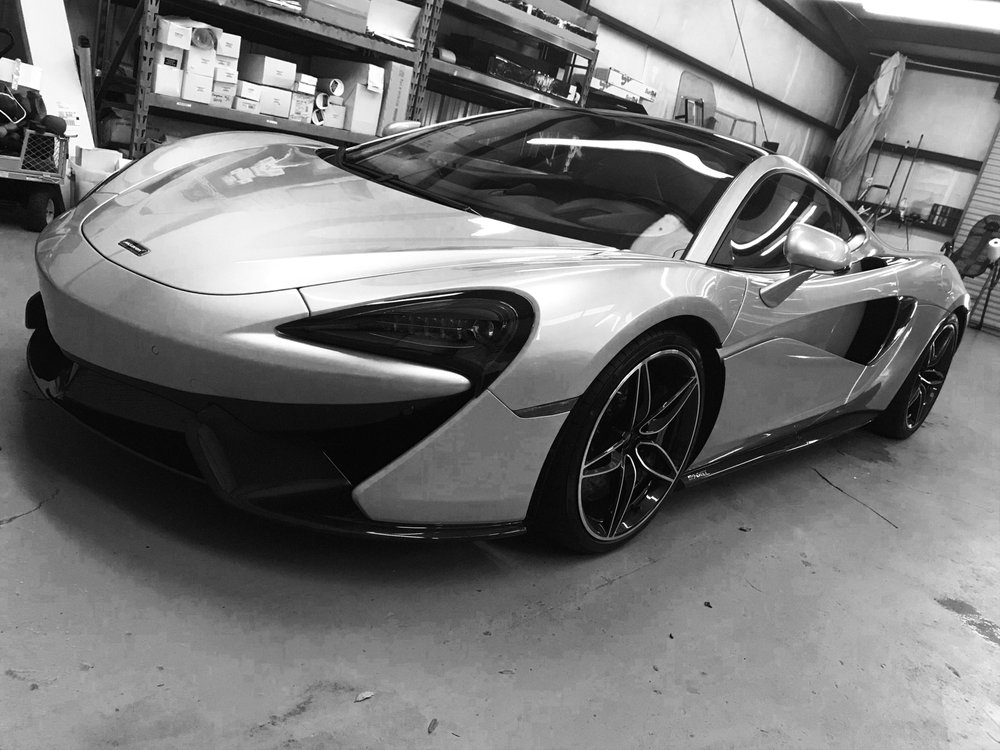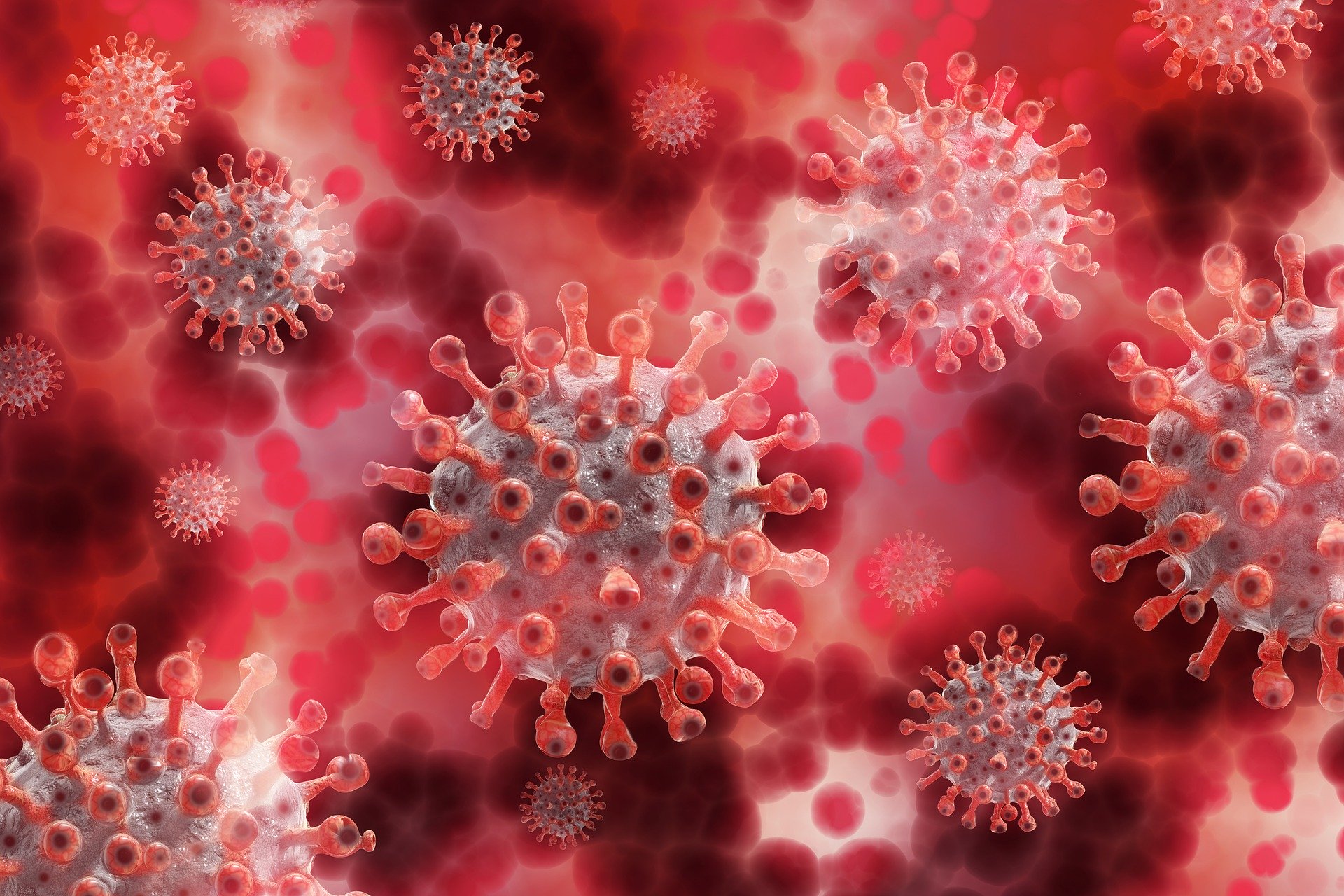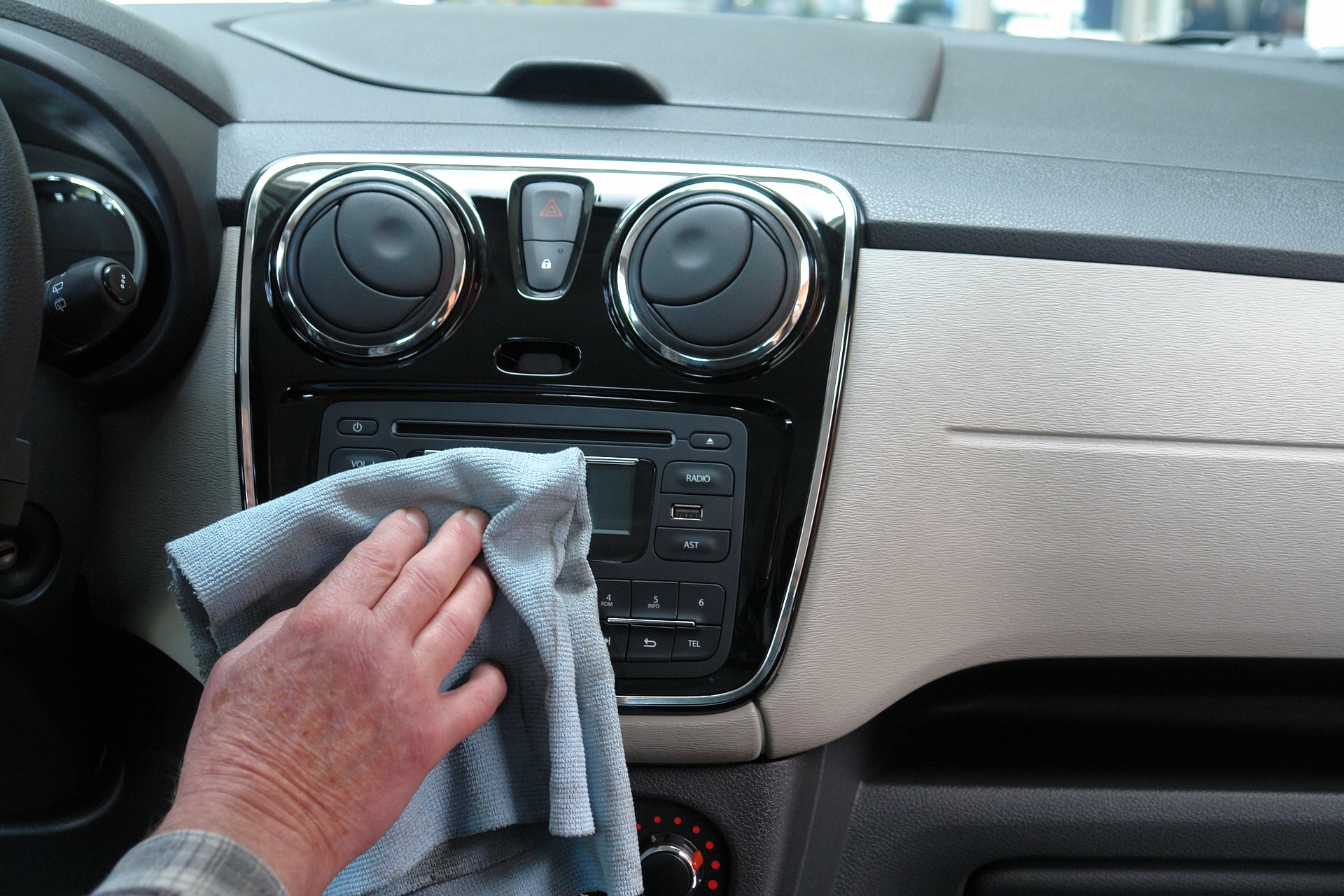“There’s no place like home.”
Savannah’s warm and humid climate presents unique challenges for car owners. From UV rays dulling your paint to salty air accelerating rust, it’s a real battle to keep vehicles pristine. It’s not just aesthetics; it’s about maintaining your car’s value. A mix of regular cleaning, quality paint protection film, and ceramic coating can be a game-changer. Let’s dive in!
Understanding Savannah’s Climate
Savannah, Georgia, is blessed with a beautiful and diverse climate that adds to its charm and allure.
Humid Subtropical Climate
Savannah, Georgia, enjoys a beautiful and diverse humid subtropical climate, characterized by hot and humid summers and mild winters. The city’s climate sets the stage for both breathtaking natural beauty and potential challenges for vehicles.
Scorching Summers and Mild Winters
During the summer months, Savannah experiences soaring temperatures that can easily surpass 90°F (32°C). The heat, combined with high humidity levels, can create an uncomfortable and sometimes stifling environment.
Coastal Breezes and Ocean Influence
Savannah’s location near the Atlantic Ocean means that coastal breezes often sweep through the city, providing a refreshing and pleasant atmosphere.
Potential for Severe Weather
As with any region, Savannah is not immune to occasional severe weather events. Hurricanes and tropical storms can affect the area during the Atlantic hurricane season, which typically runs from June to November. Residents must remain vigilant and prepared for such occurrences.
5 Common Vehicle Damages in Savannah, Georgia
Savannah’s climate can cause various damages to your vehicle’s exterior. Some of the most common issues include:
-
Relentless UV Fading and Oxidation
Savannah’s sunny climate means you get to enjoy long days of sunshine. However, this also exposes your vehicle to relentless UV rays. Over time, the sun’s UV radiation breaks down the chemical bonds in your car’s paint, leading to fading and oxidation. The once-vibrant colors can become dull and lifeless.
-
Corrosion from Coastal Salty Air
Being located near the Atlantic Ocean means that Savannah is blessed with refreshing sea breezes. However, salty air can be harsh on your car’s metal surfaces. The salt particles in the air settle on your vehicle’s exterior, accelerating corrosion and rust formation, especially on exposed metal areas.
-
Road Debris and Gravel Damage
Savannah’s scenic roads are perfect for road trips and exploring nearby destinations. However, these adventures expose your vehicle to road debris, gravel, and loose stones. As you venture out, your car’s paint may suffer from scratches and chips caused by these objects.
-
Insects, Bird Droppings, and Tree Sap
Savannah’s lush greenery and thriving wildlife attract a variety of insects and birds. Unfortunately, insect residues, acidic bird droppings, and sticky tree sap can wreak havoc on your car’s paint if left unattended. These contaminants can etch into the paint’s surface, causing permanent damage.
-
Humidity-Related Issues
Savannah’s high humidity levels can contribute to the growth of mold and mildew, especially in neglected areas of your vehicle. Moisture trapped in upholstery, carpets, and air conditioning systems can lead to unpleasant odors and potentially cause long-term damage.
7 Reasons To Protect Your Vehicle
Protecting your vehicle is essential for several compelling reasons. Whether you live in a region with harsh weather conditions or simply want to maintain your car’s value and appearance, car protection offers numerous benefits:
1. Preserving Your Investment
Your vehicle is a significant financial investment. By protecting it with measures such as paint protection film (PPF) and ceramic coating, you safeguard the value of your car. Additionally, a well-maintained vehicle retains its resale value, making it more appealing to potential buyers when you decide to sell or trade it in.
2. Enhancing Appearance
A well-protected car maintains its showroom-like appearance, free from scratches, fading, and other damages. Paint protection film acts as an invisible shield, preserving the paint’s brilliance and preventing unsightly marks from road debris and environmental hazards.
3. Shielding from Environmental Hazards
Depending on where you live, your vehicle may be exposed to various environmental hazards. These elements can cause irreversible damage to your car’s paint and surfaces. Car protection solutions, like PPF and ceramic coating, act as a barrier against these hazards, ensuring your vehicle remains unscathed.
4. Reducing Maintenance Efforts
Car protection solutions, particularly ceramic coating, offer a hydrophobic surface that repels water, dirt, and contaminants. This makes cleaning your car easier and less time-consuming. With less grime sticking to the surface, you’ll spend less time on maintenance and more time enjoying your vehicle.
5. Improving Longevity
Cars that are adequately protected tend to have longer lifespans. Paint protection film and ceramic coating shield your vehicle from wear and tear, keeping it in excellent condition for years. With proper care and maintenance, your car can look and perform like new for an extended period.
6. Weatherproofing and Seasonal Protection
In regions with extreme weather conditions, car protection becomes even more critical. PPF protects against UV rays and oxidation, while ceramic coatings offer a layer of defense against salt, snow, and road salt during winter months. Protecting your vehicle year-round ensures it is prepared for whatever the weather throws its way.
7. Peace of Mind
Knowing that your vehicle is protected allows you to drive with confidence. You can enjoy your journeys without worrying about small scratches or damage, knowing that your car’s appearance is shielded against common threats.
4 Tips for Keeping Your Vehicle Safe and Looking Great
To keep your vehicle protected and looking great in Savannah, consider the following tips:
- Regular Washing and Cleaning: Frequent washing is essential to remove dirt, debris, and contaminants from your car’s surface. Use a mild car shampoo and microfiber towels to avoid scratches.
- Paint Protection Film (PPF): Invest in PPF to shield your vehicle from UV rays, scratches, and road debris. Self-healing PPF can repair minor scratches automatically.
- Ceramic Coating Applications: Apply ceramic coating to add an extra layer of protection to your vehicle. Ceramic coatings create a hydrophobic surface, making it easier to maintain a clean and glossy appearance.
- Window Tint: Window film that blocks harmful UV rays from fading your vehicle’s interior.
- Seasonal Maintenance Tips: During summer, protect your car from UV rays and bugs with regular washing and the application of PPF. In winter, be proactive in removing salt and road debris to prevent corrosion.
Preserve Your Vehicle in Savannah’s Challenging Climate With G-Force Films
Savannah’s climate can pose significant challenges to your vehicle’s appearance and longevity. Protecting your car with paint protection film and ceramic coating are vital solutions to ensure it remains in excellent condition for years to come. As the leader in paint protection in Savannah, G-Force Films is your trusted partner in preserving your vehicle’s beauty and value. Remember these tips and make informed decisions to keep your car safe and looking great throughout the seasons. Contact G-Force Films today and let us help you protect your investment!


